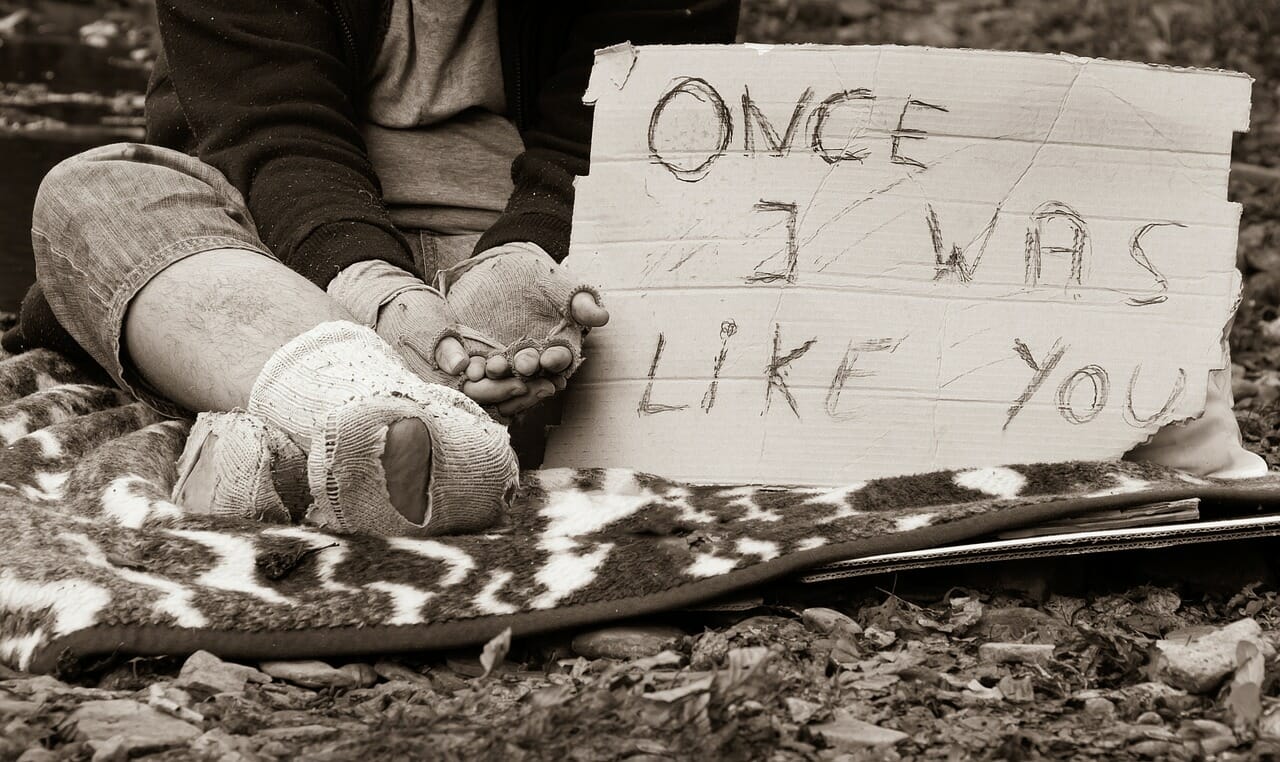Lee Dalton, 72, has a weary face and a lifetime of stories etched in his eyes. He sits on a bench under an unforgiving sun on the corner of Fillmore and Third Street.
He is just one of the many faces of homelessness in this sprawling desert city, a crisis that has continued to grow.
LEARN MORE: Scottsdale plan to turn hotel rooms into housing for homeless raises concerns
“I’ve seen so much in my lifetime,” Dalton said, his voice trembling as he describes living several years without a home. “So much has changed, but people are people and we all deserve love and safety.”
In Phoenix, others like Dalton grapple with the harsh realities of life on the streets, but according to him, they are often unaware of the resources at their fingertips.
Homelessness in Phoenix has been exacerbated by a lack of affordable housing and mental health services. According to the Maricopa Association of Governments, homelessness has increased by 43% from 2020-2022.
Nathan Levinsky, the government relations officer at Central Arizona Shelter Services (CASS), acknowledges the complex nature of homelessness in Phoenix.
“The issue is multifaceted,” Levinsky said. “Phoenix is known for its growth and prosperity, and oftentimes people look down on the homeless, but people forget that they’ve always been here, they are our neighbors.”
One of the key challenges is the lack of centralized information. According to Dalton, homeless individuals often rely on word-of-mouth or chance encounters to learn about available services. The result is a system that’s overwhelming and inefficient, leaving many people in dire circumstances.
Phoenix, like many cities across the nation, offers a range of services and support for those experiencing homelessness. However, for many like Dalton, finding and utilizing these resources is difficult.
“It’s hard because a lot of us don’t have stable internet access,” Dalton said. “You hear about help, but where do you even start looking?”
According to Phoenix City Councilwoman Ann O’Brien, throughout the entire growth of the homeless crisis, Phoenix has consistently taken on a larger portion of the homeless population relative to its size in the region.
O’Brien explained the complexity of homelessness as an issue. “Every citizen deserves to be safe in their neighborhoods, and every resident deserves the opportunity and the resources to help lift themselves out of homelessness.”
Nathan Levinsky, acknowledges the challenge of connecting individuals with the services they need.
“Our community is fortunate to have various organizations and programs working towards alleviating homelessness,” Levinsky said. “However, the sheer number of services, combined with limited awareness among the homeless population, creates a significant barrier.”
To address this issue, Central Arizona Shelter Services has outreach programs aimed at connecting homeless individuals with the services they need. The programs send out groups of staff with the sole purpose of educating and helping people experiencing homelessness find the resources they need.
“Our outreach teams engage directly with the homeless population,” Levinksy said. “Building trust and providing information about available resources”
According to O’brien When an individual is going through the eviction process or having a period of financial instability, they are at a greater risk of entering homelessness.
In order to help individuals experiencing homelessness and financial instability, O’Brien has called upon the city of Phoenix to make change.
“Phoenix needs to also develop distributable resource guides that members of the community can disseminate to neighbors they know are under financial hardship, community members who are facing homelessness, and those who are currently homeless.”
O’Brien states that by providing direct information on what resources and services are available, Phoenix can help connect vulnerable individuals with programs and groups that may help prevent someone from entering homelessness.




